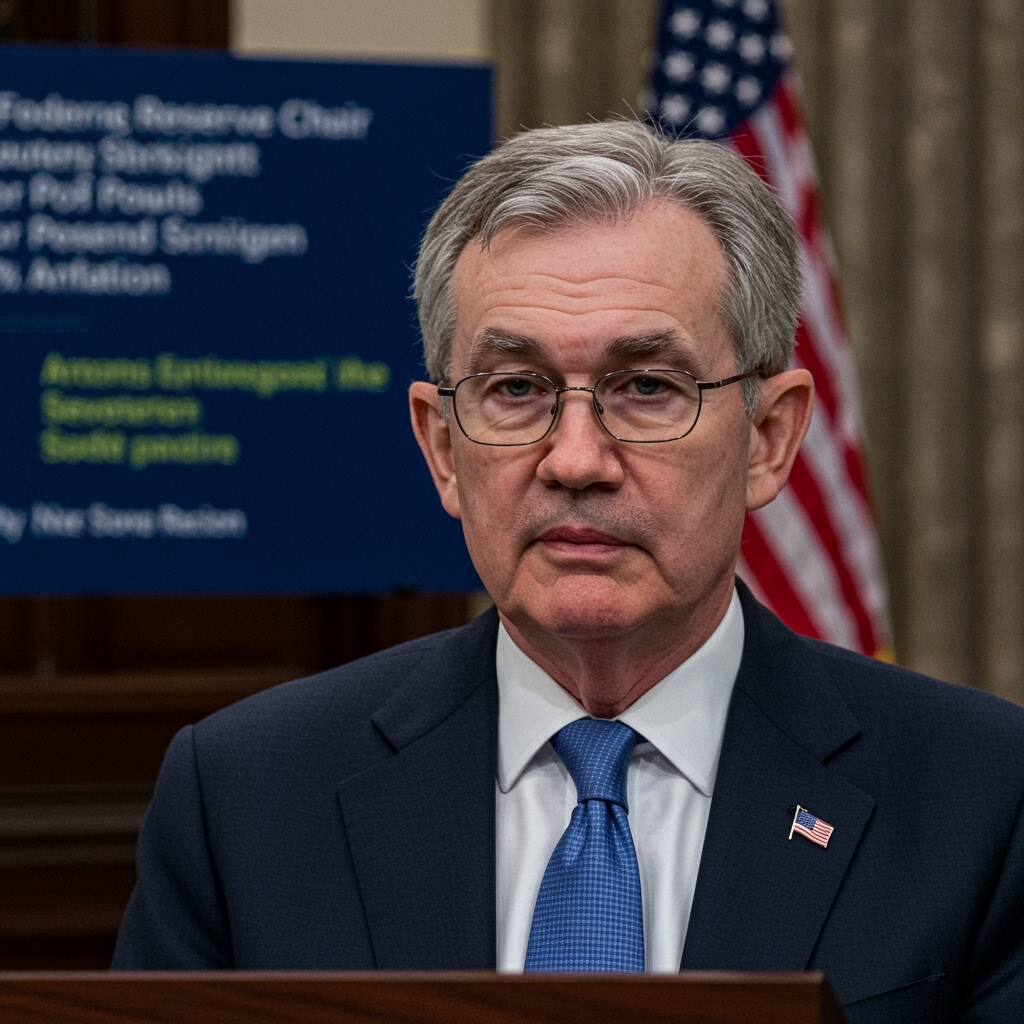The European Central Bank’s Governing Council, meeting on June 6, 2025, elected to keep its key interest rates unchanged. This pivotal decision sees the main refinancing operations rate held at 4.50% and the deposit facility rate maintained at 4.00%. The marginal lending facility rate also remained constant at 4.75%. The announcement underscores the central bank’s cautious stance as it navigates an economic landscape marked by easing, yet still concerning, inflationary pressures.
President Lagarde Emphasizes Vigilance
During the subsequent press conference, ECB President Christine Lagarde elaborated on the Governing Council’s rationale. She firmly stated that the decision reflects the ongoing necessity for continued vigilance regarding inflation. President Lagarde highlighted that while the aggregate, or headline, inflation rate across the Euro Area has shown a welcome decline from its peaks, underlying price pressures persist. A particular area of concern for policymakers remains inflation within the expansive services sector, which has proven more stubborn and less responsive to previous monetary tightening than anticipated.
The Nuance of Inflation Data
The ECB’s latest assessment acknowledges the dual nature of current inflationary trends. Headline Consumer Price Index (CPI) figures have benefited from declines in energy prices and, to some extent, goods prices, leading to an overall moderation. However, core inflation metrics, which strip out volatile components like energy and food, have not decelerated at the same pace. These core indicators are often seen as a better gauge of underlying price dynamics and the extent to which inflation has become embedded in wage growth and pricing decisions across the economy. The Governing Council’s statement explicitly noted that elevated core inflation figures present a significant obstacle to achieving the bank’s symmetrical 2% inflation target over the medium term.
A Data-Dependent Path Forward
A central theme emerging from the ECB’s communication is its commitment to a data-dependent approach. President Lagarde reiterated that future monetary policy decisions will not be pre-committed but will instead rely heavily on the incoming flow of economic data. This includes assessing the inflation outlook based on new projections, the dynamics of underlying inflation, and the strength of monetary policy transmission. This forward guidance, while standard, takes on heightened significance in the current environment of persistent economic uncertainties.
Implications for Future Rate Cuts
The Governing Council’s decision to hold rates and the accompanying communication have led many economists and market analysts to revise their expectations for the trajectory of future monetary policy. Prior to this meeting, there was a degree of optimism regarding potential rate cuts later in 2025, perhaps starting sooner or proceeding more rapidly. However, the ECB’s emphasis on lingering inflation concerns, particularly in services, and its firm commitment to data dependency suggest a more protracted path to monetary easing. Analysts are now anticipating a slower pace of rate cuts than previously forecast for the latter half of the year, contingent, of course, on the evolution of economic data.
Economic Context and Monetary Policy Transmission
The decision comes within the broader context of a Euro Area economy that has shown resilience in some areas but continues to face headwinds. The impact of past interest rate increases is still transmitting through the economy, affecting borrowing costs for households and businesses, investment decisions, and ultimately, aggregate demand. The Governing Council is carefully monitoring the strength of this transmission mechanism to understand its full effect on inflation and economic activity. The current pause allows the ECB time to assess the cumulative impact of its tightening cycle while remaining ready to adjust policy as warranted by incoming information.
Governing Council Consensus
The decision to hold rates was described as having broad consensus among the Governing Council members. While discussions included varying perspectives on the balance of risks, the prevailing view was that maintaining the current restrictive stance was necessary to ensure inflation returns to the target sustainably and in a timely manner. The Council remains united in its primary objective of price stability, recognizing that this is foundational for long-term economic prosperity in the Euro Area.
The European Central Bank’s decision on June 6, 2025, therefore signals a moment of careful observation. With key interest rates held steady, the focus firmly remains on incoming economic data, particularly regarding core inflation and the services sector, before any adjustments to the monetary policy stance are considered.














